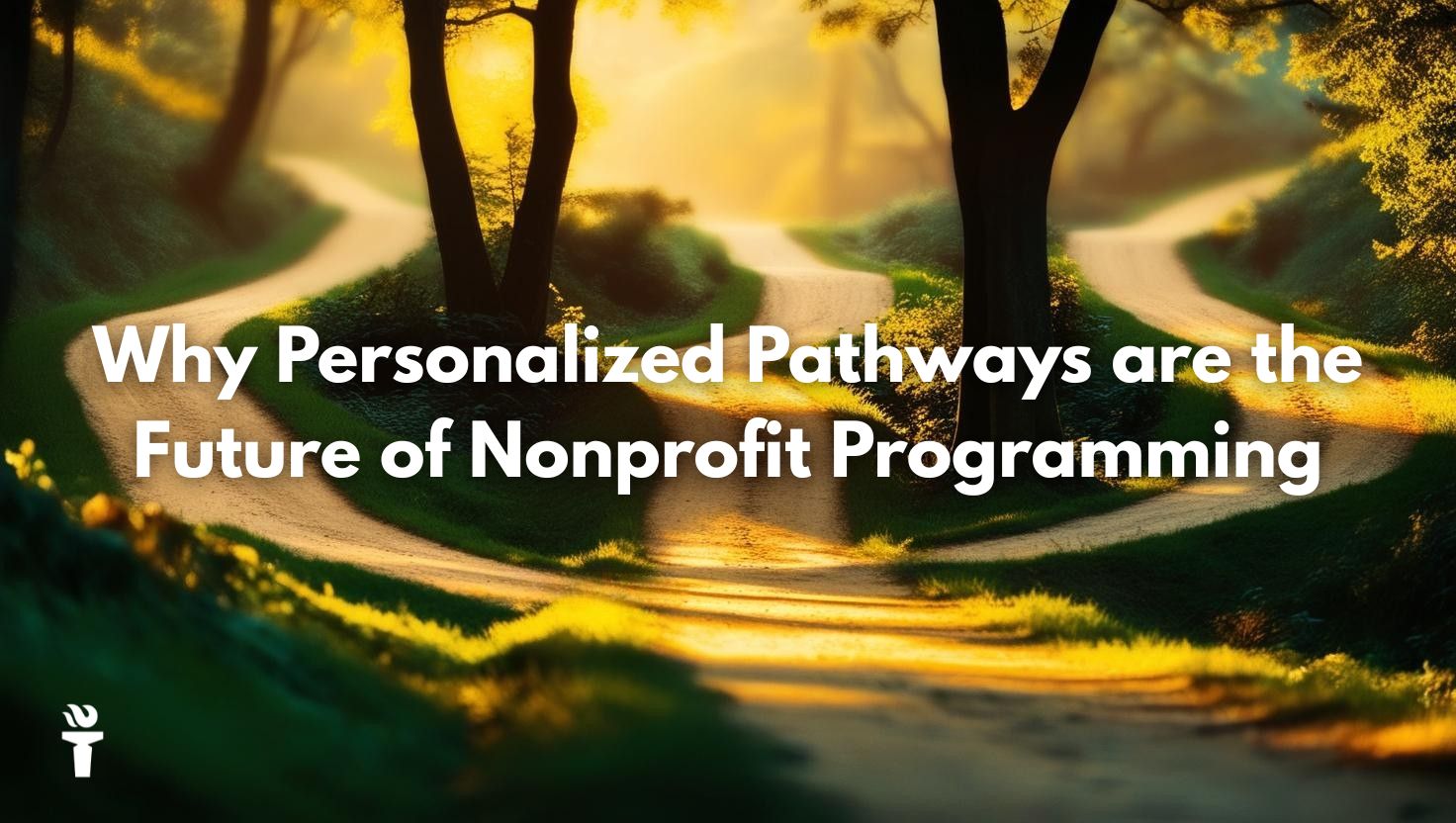Nonprofits do some of the most critical work in our communities—from supporting underserved youth to helping individuals reenter the workforce, access housing, or develop life skills. But this work comes with complexity: no two participants are alike, no two goals are the same, and no two success stories follow the same path.
So why should your programming?
In today’s world, nonprofits need agile, participant-centered solutions that meet individuals where they are—and grow with them. That’s exactly why personalized participant pathways are becoming the gold standard in nonprofit programming.
And it’s where WorkTorch comes in.
What Are Personalized Participant Pathways?
Think of a participant pathway as a guided roadmap tailored to an individual’s needs, strengths, and goals. It’s more than a checklist—it’s a flexible, interactive plan that evolves alongside the participant.
In WorkTorch, these pathways are dynamic. You can create individualized steps for each participant, assign learning materials, add deadlines, upload documents, track engagement, and adjust based on real-time feedback. Whether you’re supporting 10 people or 10,000, each journey can be unique—without requiring hours of manual effort.
Why Do Personalized Pathways Matter in Nonprofit Work?
1. Participants Come With Unique Challenges and Goals
Someone coming out of incarceration may need very different support than a recent high school graduate or a single parent looking for job training. Yet, too often, nonprofits are limited by rigid programming models that treat everyone the same.
WorkTorch lets you design flexible pathways so that each person gets a plan that fits—not forces—a mold. This creates more meaningful engagement and better outcomes.
2. Clarity Creates Confidence
When a participant logs into WorkTorch, they see exactly where they are and where they’re going. That level of clarity empowers them to take ownership of their progress. It also reduces confusion, minimizes drop-off, and builds trust between staff and participants.
And for your team? No more scrambling for updates or wondering where someone is in their program—WorkTorch shows it all in one place.
3. Data That Works for You, Not Against You
Reporting is often a pain point for nonprofit teams. Whether it’s for grant funding, board reports, or internal review, tracking outcomes can be time-consuming and frustrating.
WorkTorch automates much of this process. Every click, completed task, and uploaded file becomes part of a living record—making it easy to pull progress reports, analyze engagement, and showcase impact without sorting through spreadsheets.
4. Staff Efficiency and Participant Success Go Hand-in-Hand
Let’s face it: nonprofit teams are often overextended. By streamlining your program management, WorkTorch reduces staff burnout and frees up time for the human side of your work—mentoring, coaching, listening, connecting.
And with built-in reminders, messaging, and shared dashboards, your team can stay aligned without extra meetings or micromanaging.
The Future Is Personalized. And WorkTorch Is Already There.
At its core, WorkTorch was designed to support the heart of nonprofit work: people.
We built this platform to be as adaptable as the communities you serve—whether you’re helping veterans transition to civilian life, offering career readiness to youth, or delivering wraparound services to families in crisis.
The magic of personalized pathways is that they reflect the truth: transformation doesn’t follow a straight line. With the right tools, you can walk beside your participants every step of the way—without getting bogged down by admin overload.
Ready to Build Pathways That Actually Lead Somewhere?
WorkTorch gives you the power to:
✅ Design individualized participant pathways
✅ Streamline your workflow and resource sharing
✅ Automate tracking and reporting
✅ Improve engagement and retention
✅ Strengthen outcomes across your program
And right now, the next 100 nonprofits can get started for just $99.
👉 Schedule your demo today at tips.worktorch.io/schedule
Let WorkTorch handle the logistics—so you can focus on changing lives.

